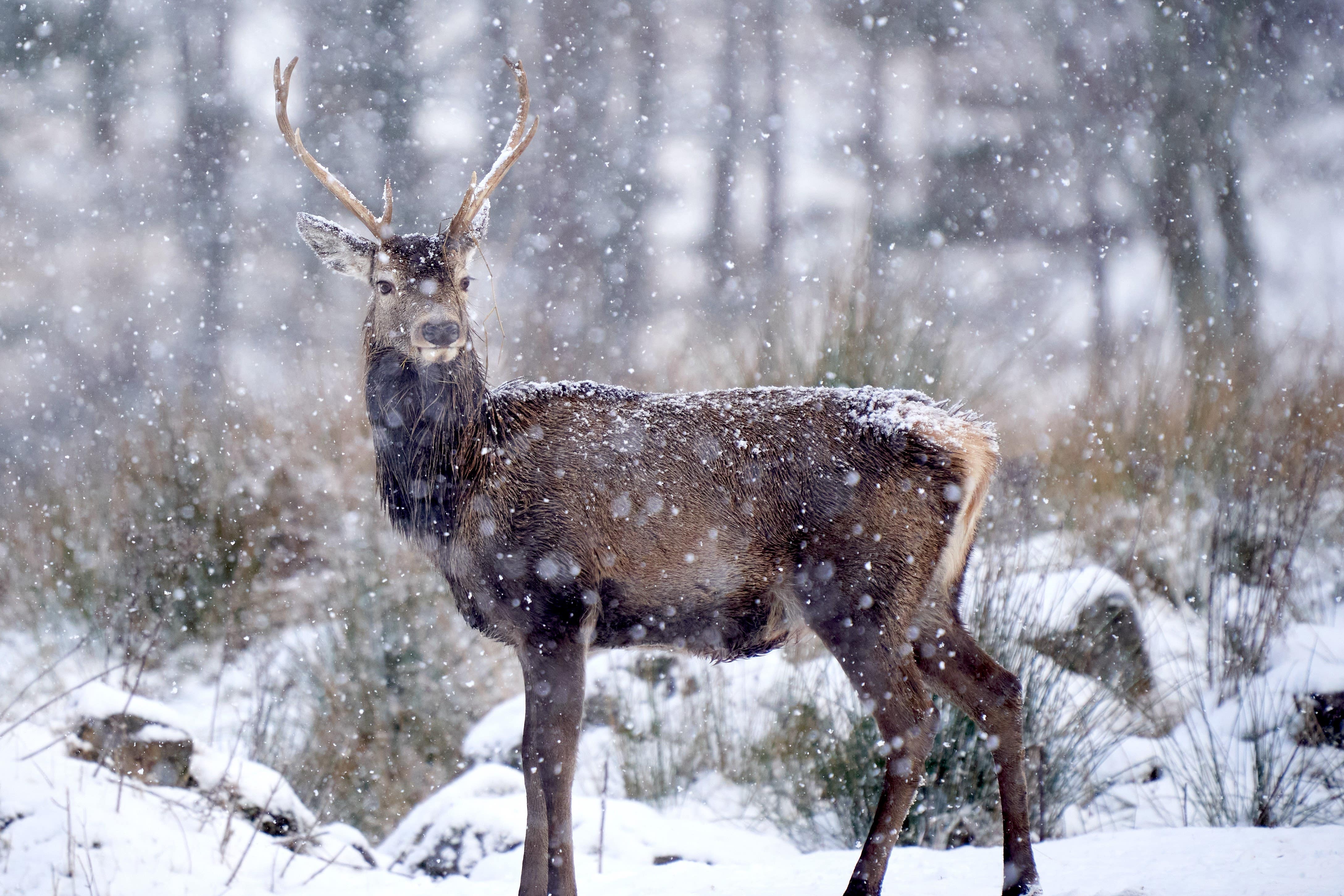Nature group and Highland community clash over deer cull
The John Muir Trust has angered neighbours in Assynt with an out-of-season cull at Quinag.

Your support helps us to tell the story
From reproductive rights to climate change to Big Tech, The Independent is on the ground when the story is developing. Whether it's investigating the financials of Elon Musk's pro-Trump PAC or producing our latest documentary, 'The A Word', which shines a light on the American women fighting for reproductive rights, we know how important it is to parse out the facts from the messaging.
At such a critical moment in US history, we need reporters on the ground. Your donation allows us to keep sending journalists to speak to both sides of the story.
The Independent is trusted by Americans across the entire political spectrum. And unlike many other quality news outlets, we choose not to lock Americans out of our reporting and analysis with paywalls. We believe quality journalism should be available to everyone, paid for by those who can afford it.
Your support makes all the difference.Deer culling by one of Scotland’s largest environmental organisations has been condemned by a Highland crofting community.
The John Muir Trust has angered neighbours in Assynt by starting an out-of-season cull on its property at Quinag.
The charity’s policy on killing deer previously clashed with locals after the discovery of 86 rotting stags on a hillside in Knoydart, Lochaber, in 2016.
The Assynt Crofters Trust (ACT) has labelled the “gratuitous killing of deer” as “malicious”, claiming it will have a “direct, long-lasting and detrimental effect” on the community, including local deer stalking employment.
The ACT also said the culling was said to be necessary to help promote a woodland regeneration scheme it claims “barely exists” and is a “tiny extent of woodland on the mountain”.
The Scottish Gamekeepers Association (SGA), which represents professional deer stalkers in Assynt, has backed the call for the suspension of the out-of-season cull licence, which was granted by regulators NatureScot, until the scheme has been fully evaluated.
It said the extent of the woodland on Quinag upon which the trust has justified its deer cull amounts to 12 to 15 trees, covering roughly 20 metres by 10 metres.
It would mean all deer on the site would have to be killed, SGA said.
Because of severe grazing pressure from high deer numbers, young trees are failing to regenerate
Both SGA and ACT said negotiations on the cull are vital, but they claim the trust has refused to discuss or provide substantive information on the controversial plan.
Lea MacNally, of SGA, said: “The SGA backs the suspension of the out-of-season licence until this project, and its potential impacts, can be evaluated properly.
“The community are not against tree regeneration, as has been demonstrated on their own ground, but this scheme has the potential to seriously imperil employment and cut off much-needed income streams with scant justification for any real environmental gain.”
SGA claims the value of the deer to the community has been reduced by 95% due to the out-of-season cull so far.
The group said there has been concern over the extent of NatureScot’s oversight of the project and whether the out-of-season application is competent.
In response to the concerns, John Muir Trust chief executive David Balharry said deer levels in the area need to be reduced “to a sustainable level”.
He added: “The trees we look after across Quinag are among last remaining fragments of Scotland’s Atlantic rain forest.
“Because of severe grazing pressure from high deer numbers, young trees are failing to regenerate, and the woodland is now in an ‘unfavourable and declining’ condition.
“To ensure the survival of this internationally-important habitat, we have been granted authorisations by the Scottish Government agency NatureScot that will allow us to reduce deer numbers to a sustainable level.
“In time, we expect to see a flourishing woodland across this part of the Atlantic coast for centuries to come, which will deliver multiple benefits for climate, wildlife, the local community and visitors to the area.
“The trust has always refrained from attacking individual landowners, even where we believe that their narrow focus on sport shooting is environmentally damaging.
“Instead, we focus on supporting the Sottish Government’s efforts to bring about a step-change nationally, so that our land can recover from centuries of ecological destruction inflicted for the benefit of a narrow elite.”
A spokesperson for NatureScot said: “Deer are an iconic species but their high numbers and lack of natural predators mean that they can have a negative impact on woodland and biodiversity. Sustainable deer management is vital to effectively tackle the nature loss and climate change crises.
“The John Muir Trust (JMT) submitted an application to us seeking authorisation to control deer out-of-season and at night on their Quinag land, to prevent damage to woodland and other habitats, including those on protected sites. We have issued an authorisation on that basis. These authorisations are legitimate tools for preventing damage and delivering effective deer management.
“As well as the JMT, NatureScot has been involved in discussions with the Assynt peninsula sub-group of the West Sutherland Deer Management Group and local stakeholders about these plans.
“While we are disappointed that the collaborative approach has broken down in this area, this has no bearing on our authorisation process, which is about NatureScot satisfying itself that damage is occurring or likely to occur, and that no other reasonable means of control can be adopted to prevent damage.”